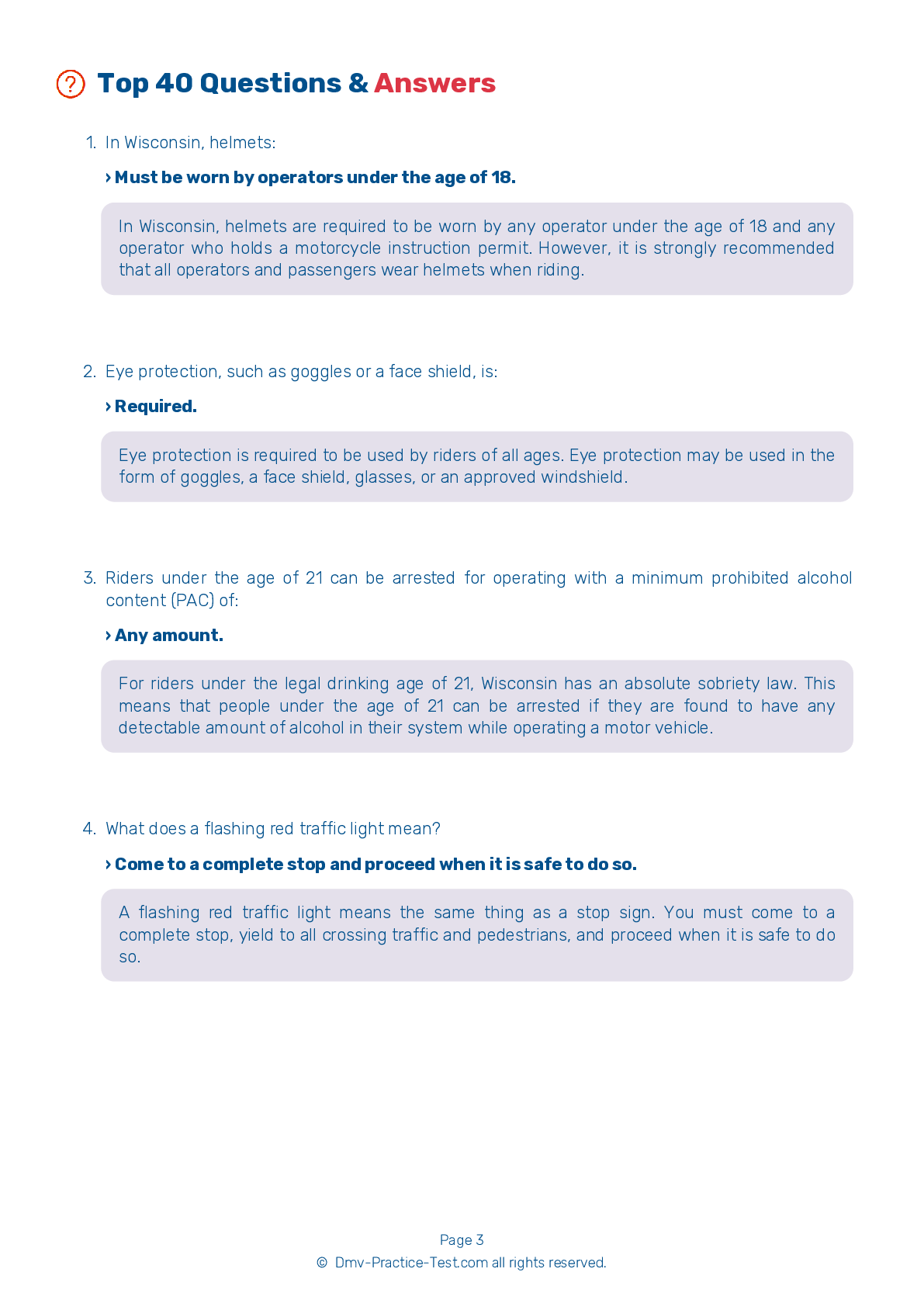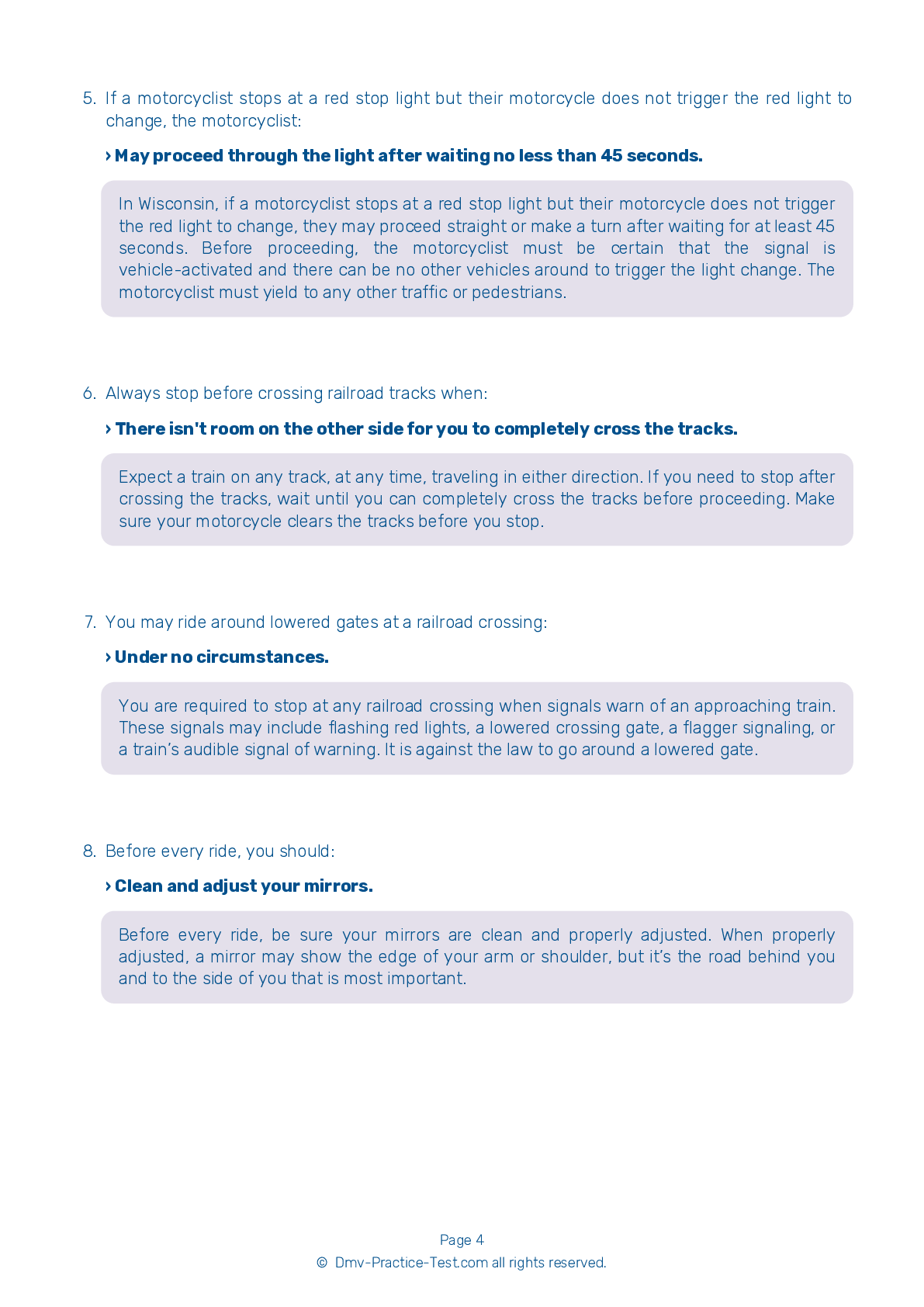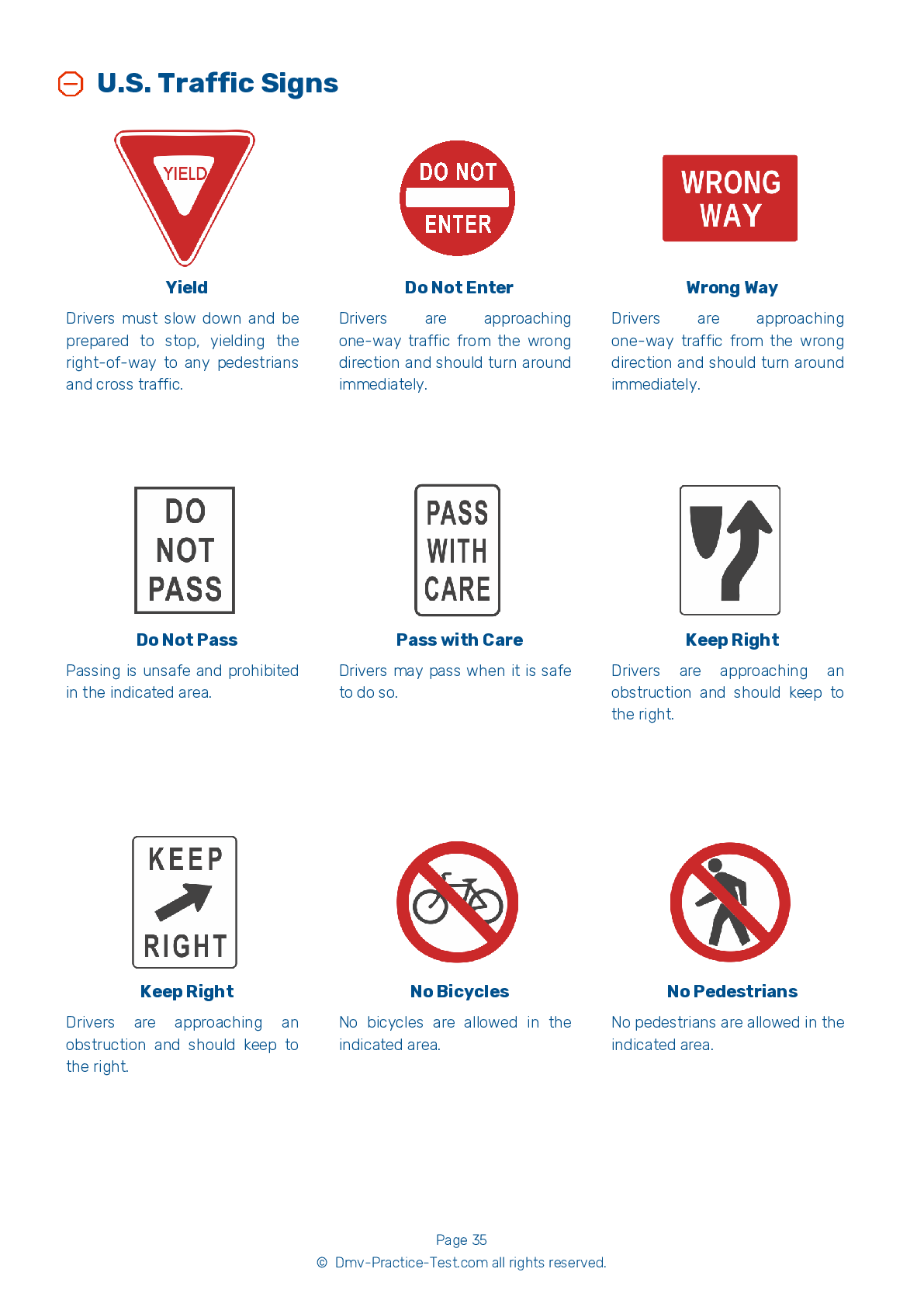Motorcycle Test | License WI 2026 | FREE Online Practice! #10
Take this FREE motorcycle test (license in WI 2026) to check your knowledge of the road rules. To improve your results, download a motorcycle handbook online, study theory, and practice for free on our website. Still worried about how to get a motorcycle license in Wisconsin in 2026? Check our website for more sample tests, train as much as possible, and boost your grades!
1 . When you are being passed, you should:
When being passed, it is generally a good idea to ride in the center portion of your lane. Being on the side nearest the passing vehicle increases your risk of a collision. Being on the side farthest from the passing vehicle may prompt the other driver to merge back into your lane before it is safe.
2 . If you see this sign above your lane, you:
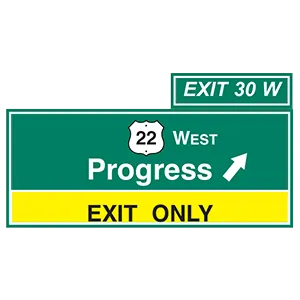
If a yellow panel with the message "Exit only" is on a highway sign, the lane below the sign will not continue through the interchange. Instead, the lane will go off of the roadway to form a ramp. If you are in a lane directly under an "Exit only" sign, you may change lanes to move through the interchange or you must exit the highway.
3 . This sign is used to warn drivers about:
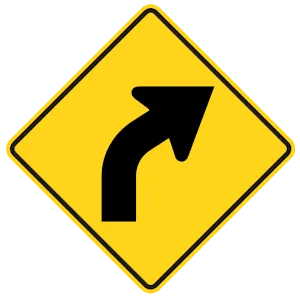
Warning signs are usually yellow with black markings. They alert you to conditions that are immediately ahead. This sign is used to warn drivers about an upcoming curve to the right.
4 . When a vehicle attempts to pass you from behind, you should:
When being passed, it is generally best to ride in the center portion of your lane. Being too close to the passing vehicle increases the risk of a collision.
5 . Most crashes occur in broad daylight. To be more visible, you should:
Because most crashes happen in broad daylight, you should always wear brightly-colored clothing while riding, even during the day.
6 . To reduce your reaction time, you should:
When approaching a potentially dangerous area, such as an intersection, you should cover the clutch lever and both brakes in order to reduce the amount of time you will need to react to any hazards.
7 . Always stop before crossing railroad tracks when:
Expect a train on any track, at any time, traveling in either direction. If you need to stop after crossing the tracks, wait until you can completely cross the tracks before proceeding. Make sure your motorcycle clears the tracks before you stop.
8 . Anti-Lock Braking Systems (ABS) are designed to:
Some motorcycles are equipped with an Anti-Lock Braking System (ABS). ABS is designed to prevent skidding and wheel lock-up when motorcyclists are stopping in straight-line, panic situations. ABS operates when maximum pressure is applied to both the front and rear brake controls. If electronic sensors detect the possibility of a wheel lock, brake hydraulic pressure is released then re-applied to maintain maximum braking effectiveness.
See the exact questions that will be on the 2026 Wisconsin DMV exam.
99.2% of people who use the cheat sheet pass the FIRST TIME
Jeneen was tired of paying $5/gallon. She got herself a scooter that required the motorcycle license. She studyed the motorcycle test cheat sheet and passed her test the next day!
Christopher tells us how he knew nothing prior to obtaining the motorcycle study guide, and he only got one question wrong because he clicked on the wrong answer by mistake.

